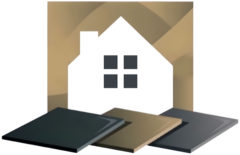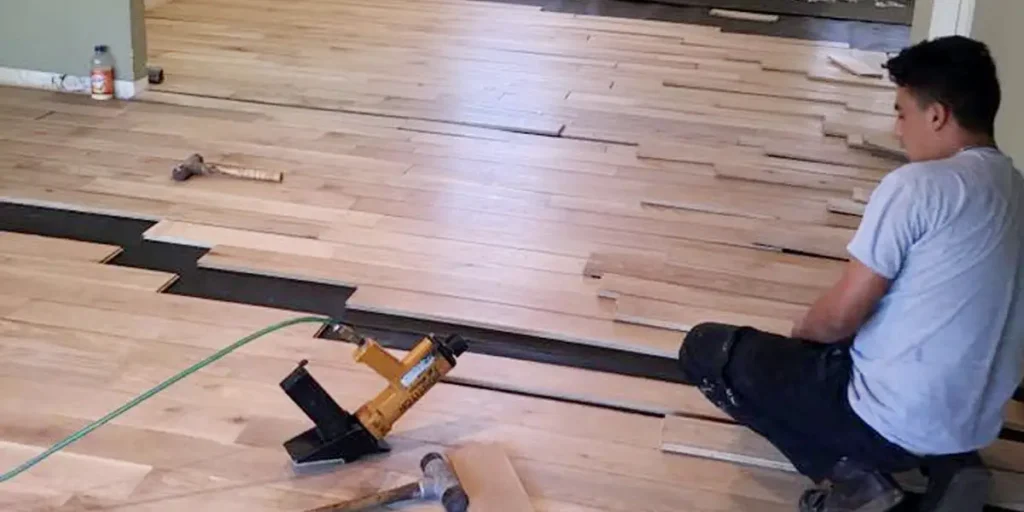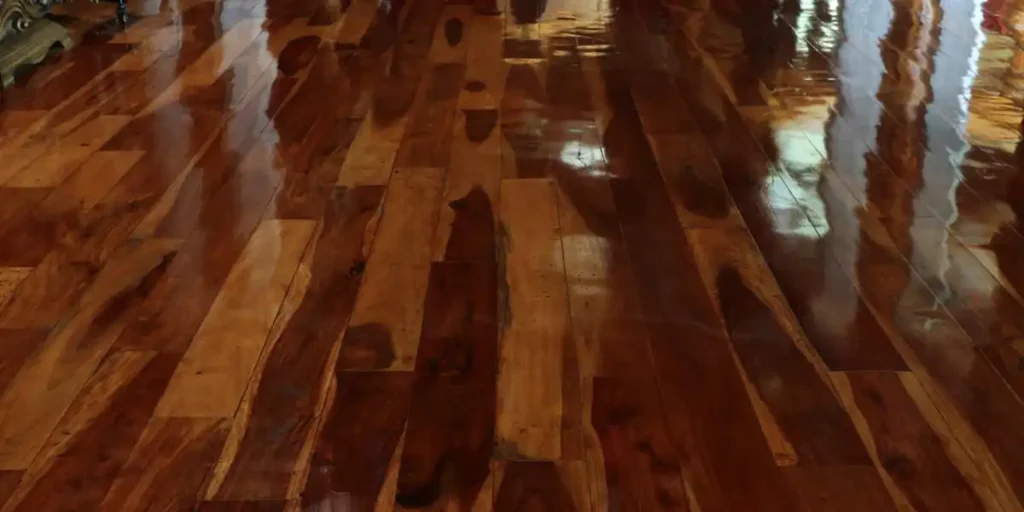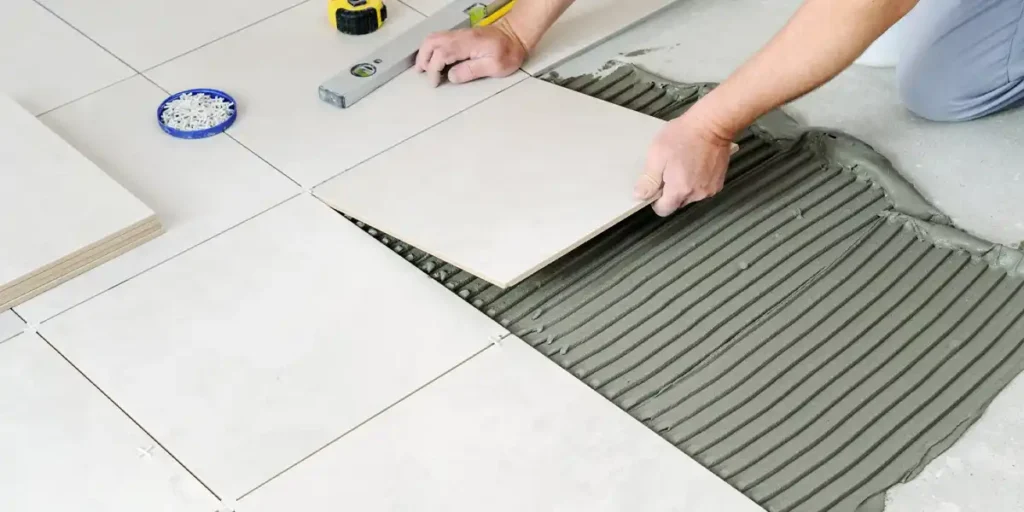Hardwood floors bring elegance to any home, but maintaining their luster can feel like a constant battle. Everyday sweeping and mopping only handle surface dirt, leaving grime embedded in the wood grain.
The solution? Deep cleaning.
This guide will walk you through how to deep clean hardwood floors step by step, ensuring they not only look stunning but stay protected for years to come.
Preparing for the Deep Clean: Setting the Stage
Before jumping into the cleaning process, preparation is key. Think of this as setting the groundwork for a flawless outcome.
Step 1: The Furniture Shuffle
Start by clearing the floor of all furniture, rugs, and obstacles. Full access ensures you can clean every corner thoroughly, especially under heavy furniture and in forgotten areas like room edges.
Step 2: A Quick Sweep or Vacuum
Dust and debris can scratch the wood surface during deep cleaning. Use a soft-bristled broom or a vacuum with a hardwood floor attachment to eliminate loose particles. Pay special attention to corners and edges where dirt often accumulates.
Step 3: Inspect and Identify Problem Areas
Take a close look at your floors. Identify stains, areas of heavy buildup, or any dull spots. Knowing the challenges ahead allows you to use the right cleaning solutions for each issue.
Choosing Your Cleaning Arsenal: Solutions That Work
Selecting the right cleaning tools and products can make or break your deep cleaning success.
The Right Cleaning Solution
A mixture of warm water and a pH-neutral hardwood cleaner works wonders for most hardwood floors. Avoid harsh chemicals like bleach or ammonia, as they can strip the finish and harm the wood. Add a few drops of gentle dish soap for extra cleaning power if needed.
Why Microfiber Rules
Microfiber mops and cloths are game changers for hardwood cleaning. They effectively trap dust and dirt without scratching, and they’re lightweight and easy to use.
Deep Cleaning Your Hardwood Floors: Step-by-Step
Once prepared, it’s time to dive into the cleaning process. Follow these steps for the best results:
The Damp Mop Method
- Prepare a bucket with warm water and your chosen hardwood-safe cleaner.
- Dip your microfiber mop, then wring it out until it’s just damp—not soaking wet.
- Mop in small sections, overlapping strokes to ensure no area is missed.
- Rinse and wring the mop frequently. You’ll be amazed at how much dirt it picks up.
- Allow the floor to air dry completely before moving on.
Tackling Stubborn Stains
Apply a small amount of cleaner directly to persistent stains. Use a soft-bristled brush to gently scrub in a circular motion. Always test the cleaner on an inconspicuous area first to avoid unwanted damage.
The Finishing Touch
Once the floors are dry, buff them with a dry microfiber cloth. This step enhances the shine, leaving your floors gleaming like new.
Maintaining Your Sparkling Floors: Post-Cleaning Care
Deep cleaning restores your floors, but consistent care keeps them looking their best in the long term.
Regular Sweeping and Vacuuming
Dust and dirt act like sandpaper, dulling the finish over time. Sweep or vacuum daily in high-traffic areas and at least weekly elsewhere. Use tools designed for hardwood to avoid scratches.
Spot Cleaning for Spills and Stains
Address spills as soon as they happen. A damp cloth and hardwood-safe cleaner prevent staining and damage.
Protective Measures
- Doormats and Rugs: Place them at entryways to trap dirt and moisture.
- Furniture Pads: Attach felt pads to furniture legs to prevent scratches.
- Pet Care: Trim pets’ nails regularly and clean up accidents promptly.
Parting Thoughts
Deep cleaning hardwood floors doesn’t need to be a daunting task. By following the proper steps and using the right tools, you can achieve a stunning, long-lasting shine.
Regular maintenance ensures your efforts pay off, keeping your floors radiant for years to come. With consistent care, your hardwood floors will continue to enhance the beauty of your home, making every effort worthwhile.
Ready to restore your hardwood floors to their original beauty? Contact Cardenas Flooring for expert cleaning, refinishing, and repair services. Let us handle the hard work while you enjoy stunning, long-lasting results. Contact us now for a free consultation!
Frequently Asked Questions (FAQs)
How often should I deep clean my hardwood floors?
Deep cleaning your hardwood floors every 2-3 months is ideal to maintain their appearance and prevent buildup. If you have pets, children, or heavy foot traffic, you may need to deep clean more frequently. Regular maintenance such as sweeping and spot cleaning can help extend the time between deep cleanings while keeping your floors in good condition.
Can I use vinegar to clean hardwood floors?
While diluted vinegar is a popular DIY cleaning solution, it can be too harsh for some hardwood finishes. Vinegar’s acidity may strip away protective coatings over time, leaving your floors vulnerable to damage. For safer results, opt for a pH-neutral cleaner specifically designed for hardwood floors, and always test new solutions in an inconspicuous area.
Are steam cleaners safe for hardwood floors?
Steam cleaners are generally not recommended for hardwood floors as the high heat and moisture can damage the wood and cause warping or cupping. Always check the manufacturer’s guidelines for your flooring, as some sealed hardwoods may tolerate steam cleaning. If unsure, stick to safer methods like damp mopping with hardwood-safe cleaners.
What can I do to prevent scratches on hardwood floors?
To minimize scratches, use felt pads on furniture legs, avoid dragging heavy objects, and regularly trim pet nails. Place rugs or mats in high-traffic areas and at entry points to trap dirt and grit that can scratch your floors. Sweeping or vacuuming daily with a soft-bristled attachment also helps reduce surface damage.
What should I do if my hardwood floors look dull after cleaning?
Dull floors may indicate a buildup of cleaning residue or wax. Try a deep clean with a hardwood-safe cleaner to remove any film. If the dullness persists, consider using a hardwood floor polish to restore shine. For long-term maintenance, avoid using products not specifically designed for hardwood floors.




